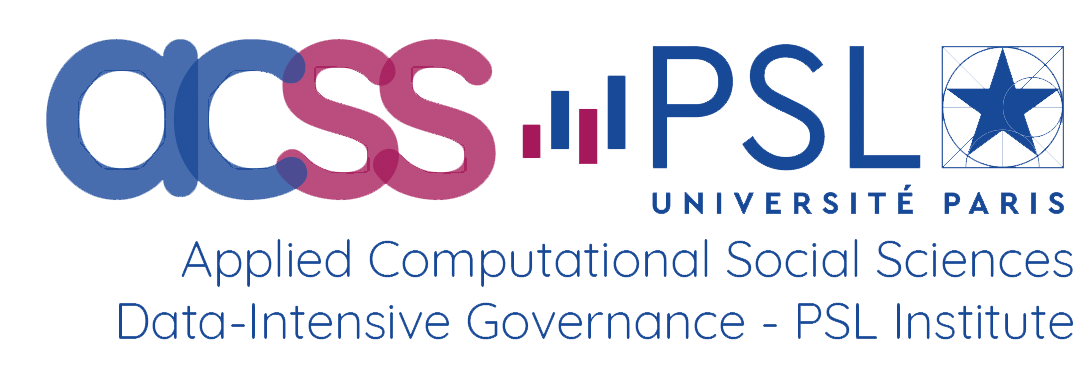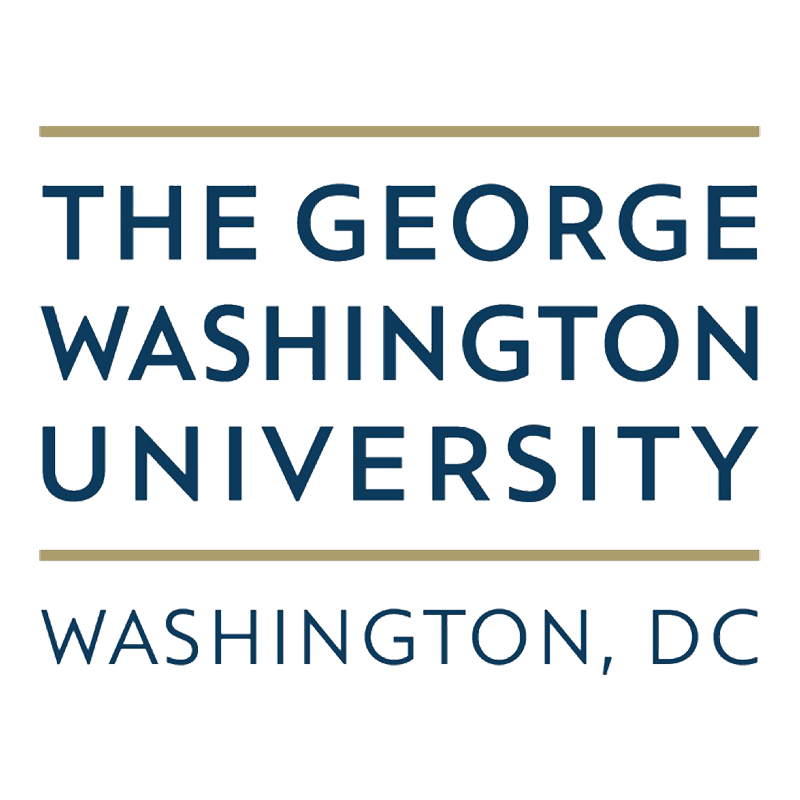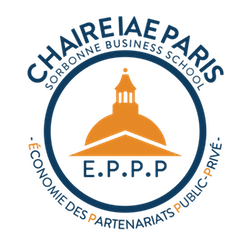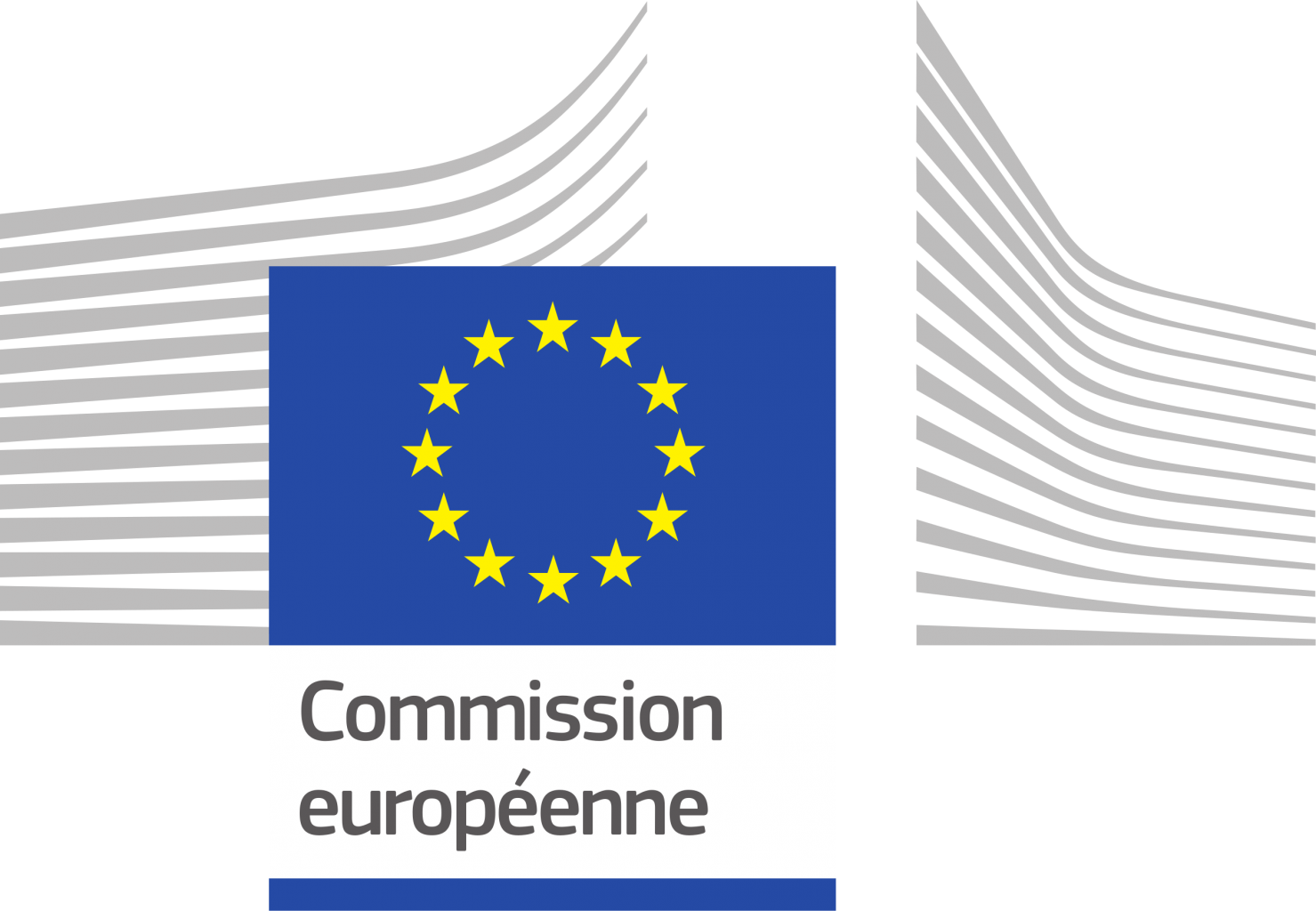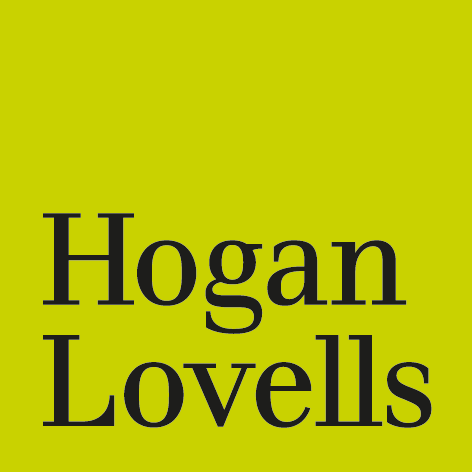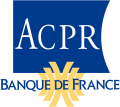
At the initiative of the Senate, two laws aimed at harmonising the rules of governance of independent administrative authorities (AAI) and independent public authorities (API) and ensuring better parliamentary control of their action in a context of strengthened independence were adopted at the beginning of 2017. They follow on from three parliamentary reports that, since 2006, have criticised the proliferation of these independent authorities, the lack of diversity in their recruitment and the heterogeneity of their governance rules.
Regulatory experts and practitioners taking part in the work of the Governance and Regulation Chair at Paris-Dauphine University have taken up the main proposals arising from these reports (not all of which have been included in the recently adopted texts) in order to contribute to the public debate on the status, organisation and positioning of the IAAs responsible for economic regulation.
These discussions were conducted from three angles:
The aims of regulation and independent regulation
While sector regulators have often been created to preside over the liberalisation of industries characterised by fixed costs, strong externalities and systemic risks, it appears that a priori steering of the competitive process and coordination between operators is also necessary in certain sectors. Sectoral regulators often prove useful in combining economic efficiency objectives with the implementation of public policies in specific contexts. On the other hand, the need to guarantee both the impartiality of public action and the safety of stakeholders makes it necessary for regulators to be genuinely independent, although this does not mean that their duties are carried out without any democratic control (Parliament) or jurisdictional control (supervisory bodies and judicial authorities). This independence is guaranteed organically by the appointment of the members of the decision-making bodies and, functionally, by the fact that they are not subject to hierarchical or supervisory authority, as well as by the collegiate decision-making process. The independence of the regulatory authorities is also guaranteed by the legislator, who defines their remit and scope of intervention, by the way in which the members of the colleges are appointed by the political authorities, and by the threefold budgetary, accounting, jurisdictional and institutional control to which they are subject.
Human resources, ethics and skills.
Over and above the nature of the objectives it promotes, the quality of regulation depends on the regulator's ability to remain independent of the players in the regulated sectors, through reinforced prevention of conflicts of interest, by regulating the conditions of recruitment, exercise and termination of functions. However, some of these rules applicable to the regulatory authorities are redundant with the general rules and may act as a deterrent to candidates with the skills required to officiate in increasingly complex and changing sectors. In this context, a continuum of situations - ranging from a model that accepts a certain mix but does not sever all ties with the sector to a model in which independence from companies in the sector is paramount - may prove satisfactory depending on the degree to which the sector concerned has been opened up to competition and the maturity of the regulator. The criteria for determining the scope and organisation of the AAI.
An analysis of the advantages and disadvantages of the various ways in which the AAIs can come together highlights two vectors in this area:
The objective may be either to improve the relevance and efficiency of regulation, or to optimise the budget and functions of regulator management. The analysis shows, on the one hand, that the gains to be expected from the pooling of support activities should not be overestimated, particularly given the frugality of the structures in question. On the other hand, bringing together certain core activities does not always make sense in terms of the regulators' missions. It concludes that any attempt at reorganisation must be based on a prior, documented and rational impact study.





